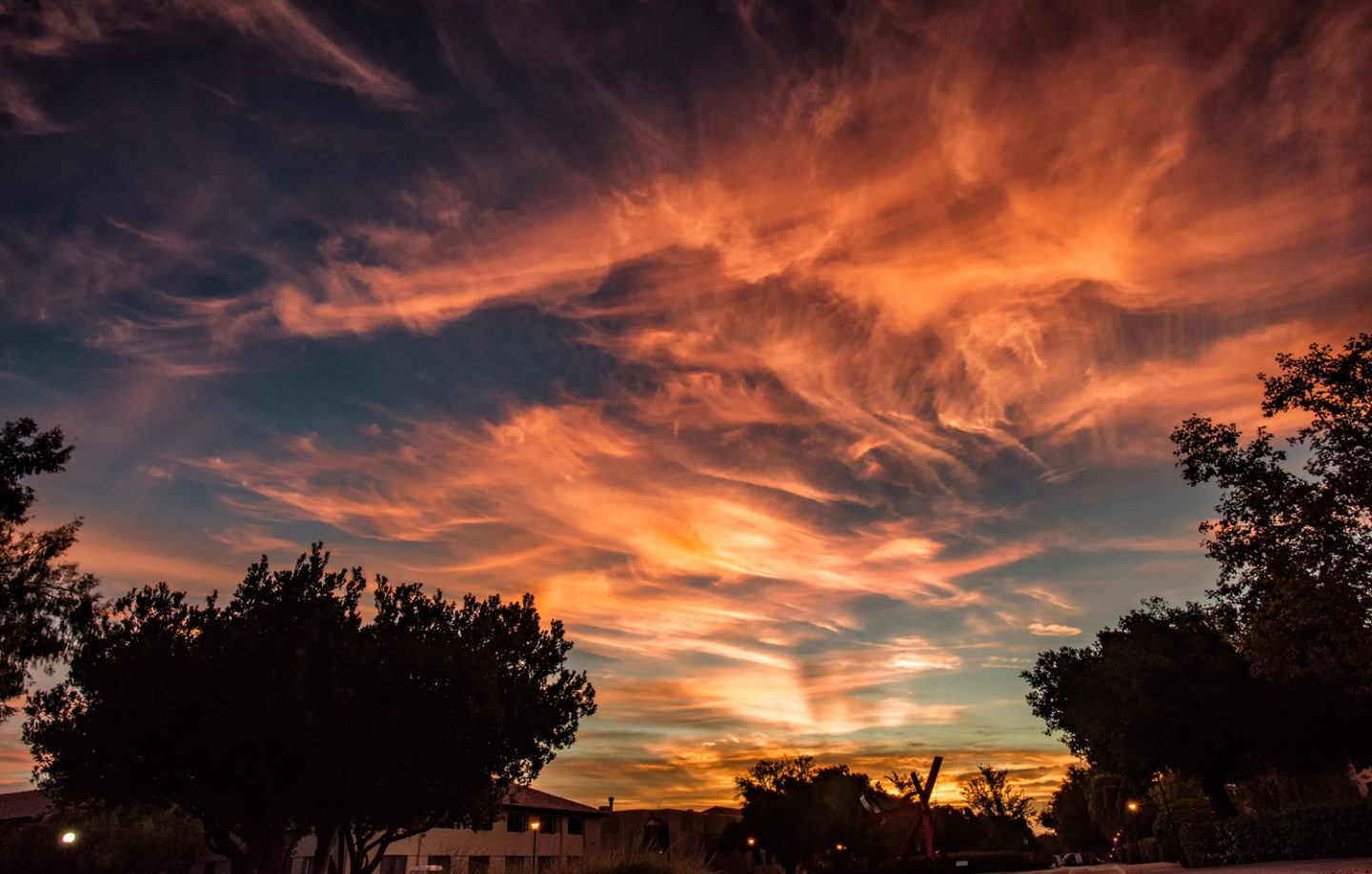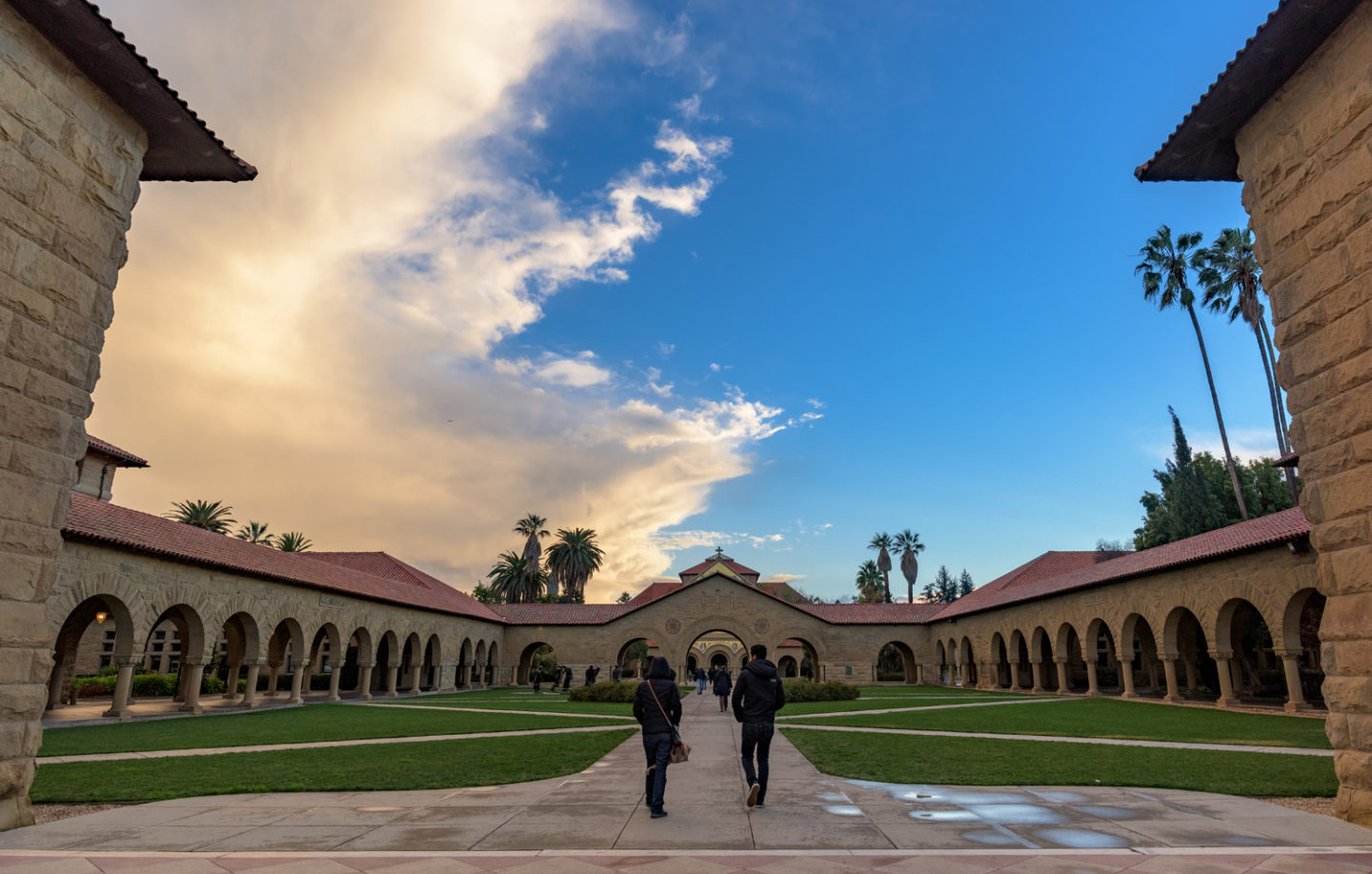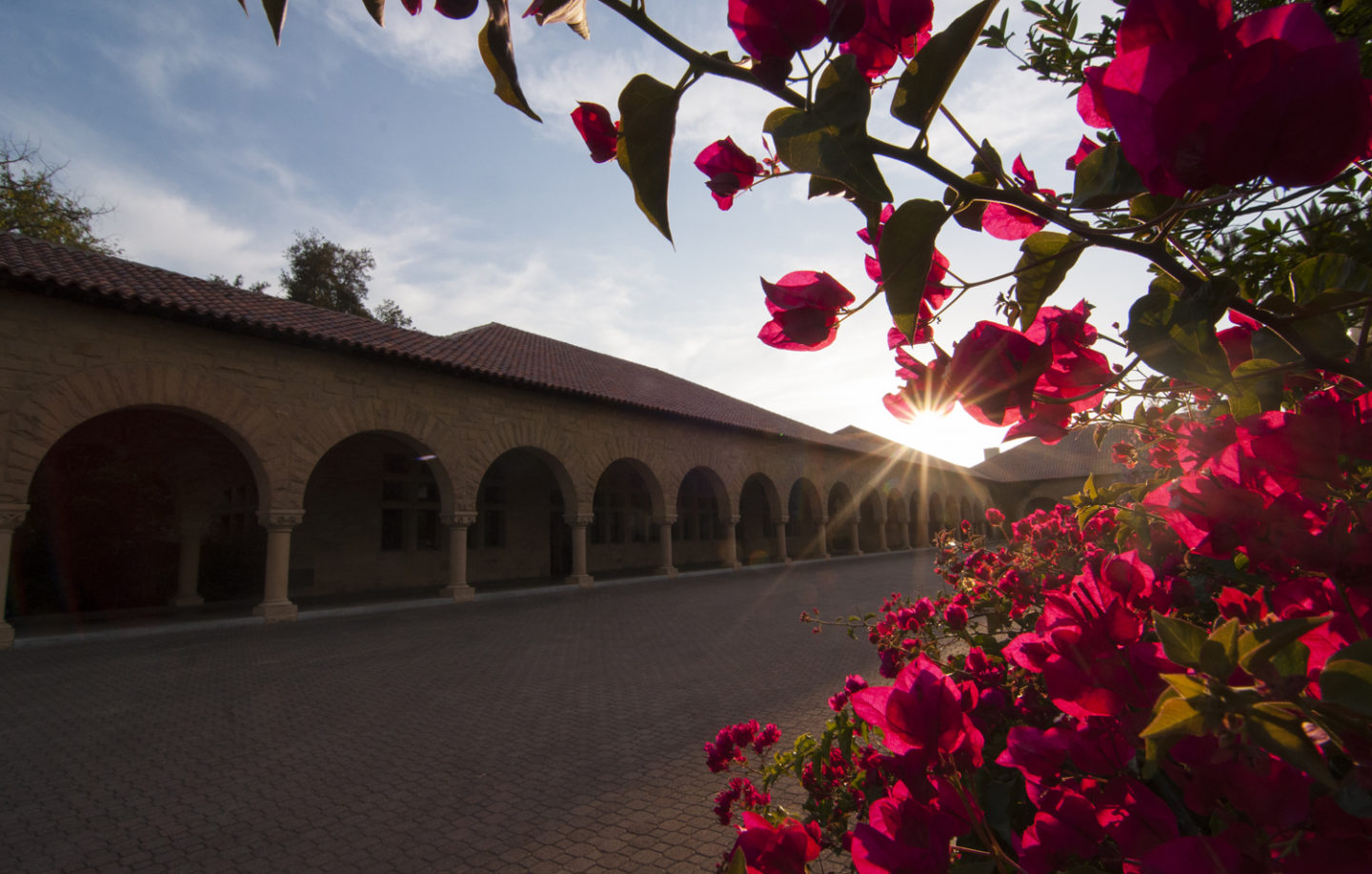As part of Stanford’s 125th anniversary celebrations in 2016, two distinguished members of Stanford’s history department gave public reflections on the university’s founding, its values and how its past might help to chart its future.
James T. Campbell, the Edgar E. Robinson Professor in United States History, and David M. Kennedy, the Donald J. McLachlan Professor of History, Emeritus, spoke of Stanford’s founding as part of the larger urge toward progress that sped the development of the American West. They looked at Stanford as a manifestation of that progress – spatial, social and intellectual.
The event, “Cathedrals in the Wheatfields: Parables from Stanford’s Founding,” is recorded on a free iTunes podcast from the Stanford Historical Society, the event co-sponsors.
While the outline of Stanford’s story is known to many – a boy who died, a grieving family, a fortune diverted to public good – Campbell and Kennedy sought to give it resonance.
Kennedy compared it to a cross-country journey in 1879 by author Robert Louis Stevenson, in part over Gov. Leland Stanford’s recently completed railroad. As he traveled, Stevenson wrote in his diary, he passed through a landscape of ethnic diversity, wondrous beauty and robust resources. Moving through the railroad cars, watching the men at work, he marveled at the feats of engineering that made his trip possible.
All of the features that captured Stevenson’s imagination also distinguish Gov. Stanford’s other chief legacy, the university that bears his son’s name.
Kennedy pointed out that this is no coincidence – that Gov. Stanford saw himself as a facilitator of material, social and even moral progress.
As the mogul mused at the university’s opening day, Oct. 1, 1891, “The high condition of civilization to which man may attain in the future it is almost impossible for us to now appreciate. … A few years ago, within the memory of a majority of the adults here present… over 4 millions of human beings were held in slavery by mere might.”

Both as Civil War-era governor of California and as a force behind the transcontinental rail link, Kennedy observed, Leland Stanford helped to keep the state, its gold and its other resources in the Union. Later, as he welcomed his new university’s first class, he “explicitly wedded these themes of railroad-building and emancipation.
“So if Leland Stanford’s railroad was the engine that pulled the West into the United States, and the nation into the crowning stages of its Industrial Revolution, then in the century that followed, Leland Stanford’s university would be a lead locomotive pulling the West – and the rest of the world – into the modern, post-industrial era.”
From the circumstances of the university’s founding also stem what Campbell called “its relentless focus on the new, on innovation.”
He noted that the Stanford story “has dark corners”: the “flagrant corruption” of railroad operations, the railroad’s exploitation of Chinese workers, the attraction of some early Stanford patrons and faculty to now-discredited beliefs such as eugenics or communication via séance with the dead.
“There are issues contained here that are animating students on campus today,” Campbell said. “If our purpose is to foster conversation across generations, then we should start by introducing ourselves.”
In the next 125 years, both historians said, Stanford will resemble the university it is now – if it remembers the ideals and the challenges set forth in its first 125 years.

“What would our founders think if given an opportunity to wander our campus today? What would they make of us?” Campbell asked.
“I suspect that their first response would be something akin to astonishment. … But I would like to believe – I do believe – that they would find much that they recognized and, broadly speaking, approved.
“Leland and Jane Stanford sought to create a university that would equip students for direct usefulness and personal success and they certainly got it.
“I hope we do not lose sight of what is marvelous about this place. It is irreverent. It welcomes interesting ideas and does not over-trouble much over where they came from. It was and is a university of the world.”
The founders, said Campbell, would be surprised at Stanford’s present-day diversity. In their day, though more inclusive than most colleges, “it was a predominantly white institution.
Today, he said, “our best estimates are that about 42 percent of undergraduate students today are white Americans, a figure identical to the proportion of whites in the population of California.
“‘We will make the children of California our children,’ Leland is alleged to have told his grieving wife, and they did.”
Looking backward and forward, Campbell said, one would see both similarities and differences.
“The students who follow us will inhabit a different universe of possibility than ours. They will not necessarily value the things that we value. They will ask unsettling questions, and disdain things that we consider precious.
“They will, in short, behave like Stanford students.”
Read the text of David Kennedy’s talk and of James Campbell’s talk.
Listen to the iTunes podcast of their remarks.
Read Gov. Stanford’s typescript of his opening-day address, Oct. 1, 1891.


